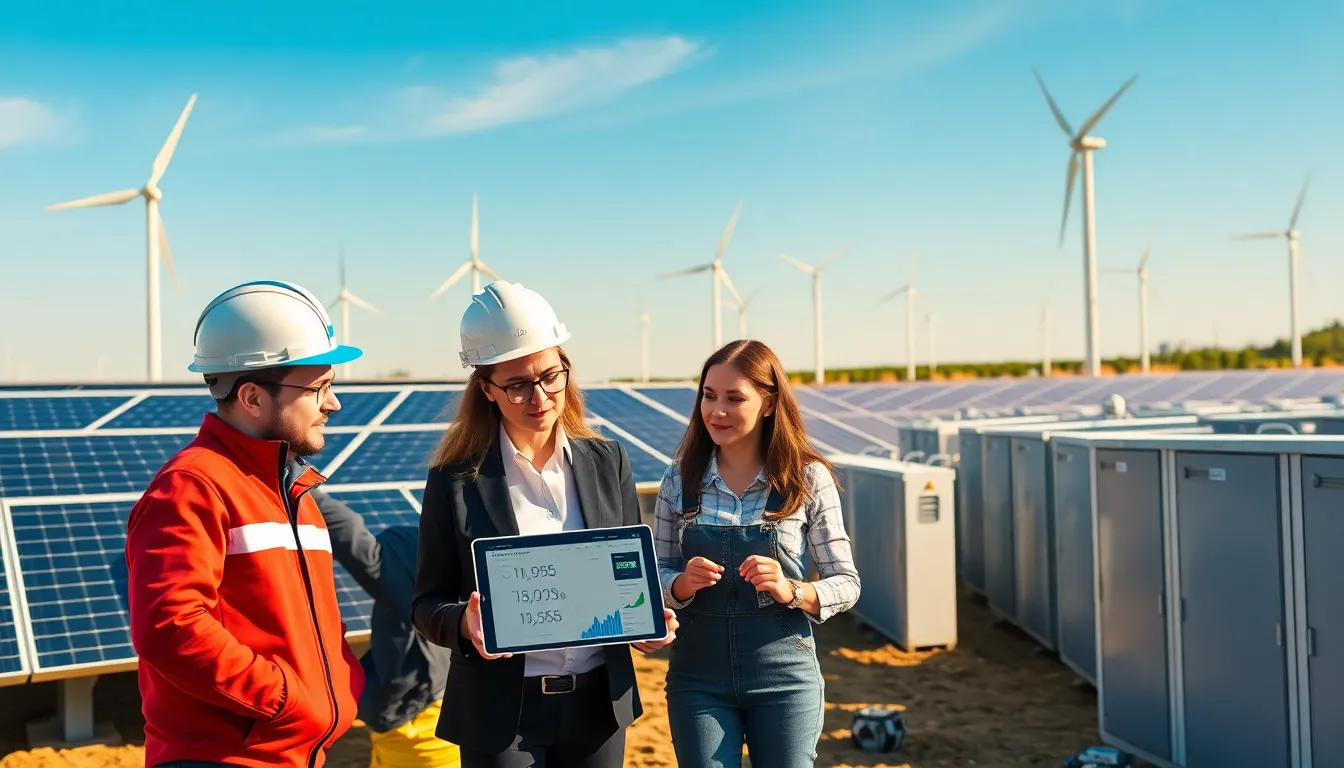Table of Contents
ToggleIn an age where energy efficiency is paramount, understanding power retention is crucial. LotsOfPower Retention focuses on enhancing energy retention capabilities, enabling both businesses and individuals to optimize their energy consumption. As energy costs continue to rise and environmental concerns mount, developing effective power retention strategies has become more important than ever. This article explores key concepts, the importance of energy retention, influencing factors, technological innovations, real-world applications, and future trends, providing a comprehensive overview of how to maximize energy efficiency.
Understanding Power Retention Concepts

Power retention refers to the ability of a system to maintain energy for future use. It encompasses various mechanisms that allow energy to be stored, managed, and utilized effectively. Key concepts include:
- Energy Storage: This involves capturing energy when it is abundantly available and releasing it when needed. Technologies like batteries, flywheels, and pumped hydro storage are prime examples.
- Load Management: Adjusting energy consumption patterns helps to reduce demand during peak periods, improving overall retention.
- Energy Efficiency Audits: These involve assessing energy flows within systems to identify areas for improvement, ensuring that minimal energy is wasted.
The Importance of Energy Retention
Energy retention plays a pivotal role in sustainable energy management. It helps mitigate waste and enhance efficiency, eventually leading to cost savings and reduced environmental impact. Some key reasons why energy retention is essential include:
- Cost Savings: By optimizing energy usage and improving retention, organizations can lower their utility bills significantly.
- Reliability: Energy storage provides a backup power source in case of outages, ensuring operations continue smoothly.
- Sustainability Goals: Improved energy retention supports corporate social responsibility initiatives, helping organizations meet environmental regulations and commitments.
Factors Affecting LotsOfPower Retention
Several factors influence the effectiveness of power retention strategies:
- System Design: The way energy systems are designed can affect their efficiency. Optimal design can enhance both energy retention and management.
- Technology Selection: Choosing appropriate energy storage solutions is critical: not all technologies suit every application.
- Maintenance Practices: Regular maintenance of energy systems ensures efficiency and longevity, significantly impacting power retention.
Strategies for Improving Energy Retention
To enhance energy retention, organizations can carry out the following strategies:
- Investing in Smart Technologies: Smart meters and energy management systems allow for real-time data monitoring and analysis, leading to better energy usage decisions.
- Incorporating Renewable Sources: Integrating solar panels or wind turbines can provide clean energy, which can then be stored for later use.
- Employee Training: Educating staff about best practices in energy use can foster a culture of sustainability and lower overall consumption.
Technology and Innovations in Power Retention
Technological advancements are rapidly improving energy retention capabilities. Notable innovations include:
- Advanced Battery Technologies: Lithium-ion and solid-state batteries offer higher capacity and longer lifespans compared to traditional batteries.
- Smart Grid Solutions: These systems use digital technology to monitor and manage the flow of electricity, improving distribution efficiency.
- Thermal Energy Storage: This method involves storing heat or cold energy, allowing for better utilization of energy for heating and cooling needs.
Case Studies: Successful Power Retention Implementations
Several organizations have successfully implemented effective power retention strategies, demonstrating real-world applications:
- Tesla’s Powerwall: This innovative battery system enables homeowners to store solar energy, significantly reducing grid dependence.
- Google’s Data Centers: Google utilizes machine learning to optimize energy use in its data centers, resulting in a 50% reduction in power consumption while enhancing retention.
- California’s Demand Response Programs: These initiatives allow consumers to reduce or shift their energy usage during peak periods, benefiting both the grid and enrollees.
Future Trends in Energy Retention
The landscape of energy retention is evolving, shaped by emerging trends:
- Decentralized Energy Systems: More homes and businesses are adopting microgrids, allowing localized energy production and storage.
- Increased Integration of AI: Artificial intelligence will dominate energy management solutions, enabling predictive maintenance and smarter energy usage strategies.
- Sustainability-Driven Innovations: Enhanced focus on sustainability will drive the development of green technologies and renewable energy integrations in energy retention systems.
Conclusion
Maximizing energy efficiency through effective power retention strategies is not just beneficial, but essential in today’s energy landscape. As demonstrated, understanding power retention concepts, recognizing its importance, and embracing technological innovations are crucial steps toward sustainable energy management.
Organizations that actively seek to improve their energy retention capabilities stand to gain significant cost savings, enhance reliability, and contribute to sustainability efforts. By keeping abreast of the latest trends and technologies, they can ensure they remain at the forefront of energy efficiency.




